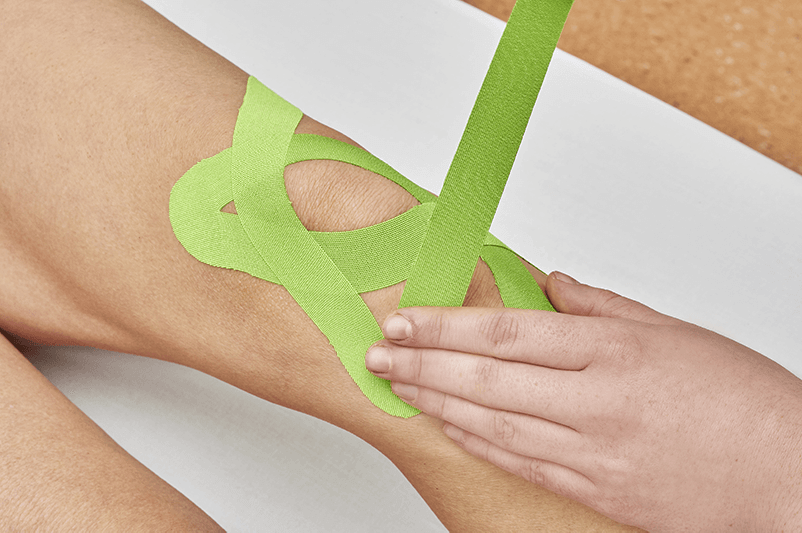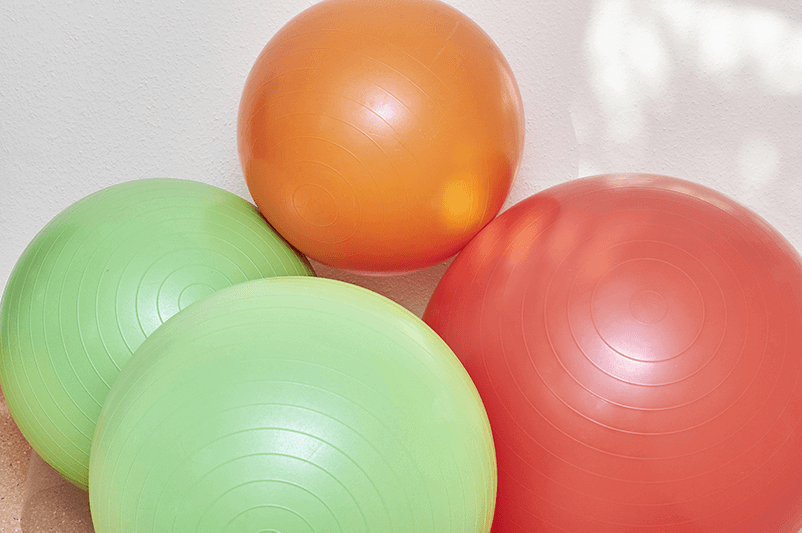The primary goal after implanting an artificial knee joint is to regain independent mobilization. Our physiotherapists will therefore see you on the very first day after the surgery.
Patients often have a wrapped dressing around the knee joint and wound drainage on the first day , which restricts movement in the knee. Both of these are usually removed on the second day at the latest, but you can still be mobilized from the bed the day after surgery, even with lower mobility. After stimulating the circulation, the transition is made together with the therapist from lying to sitting and, if you feel well, a few steps on the walker around the room. If the attending physician has prescribed partial weight-bearing, this will, of course be explained by the therapist beforehand and practiced together with you in a standing position. The motorized splint is also applied on the first or second day, adapted to your individual mobility to support the knee joint’s mobilization.


